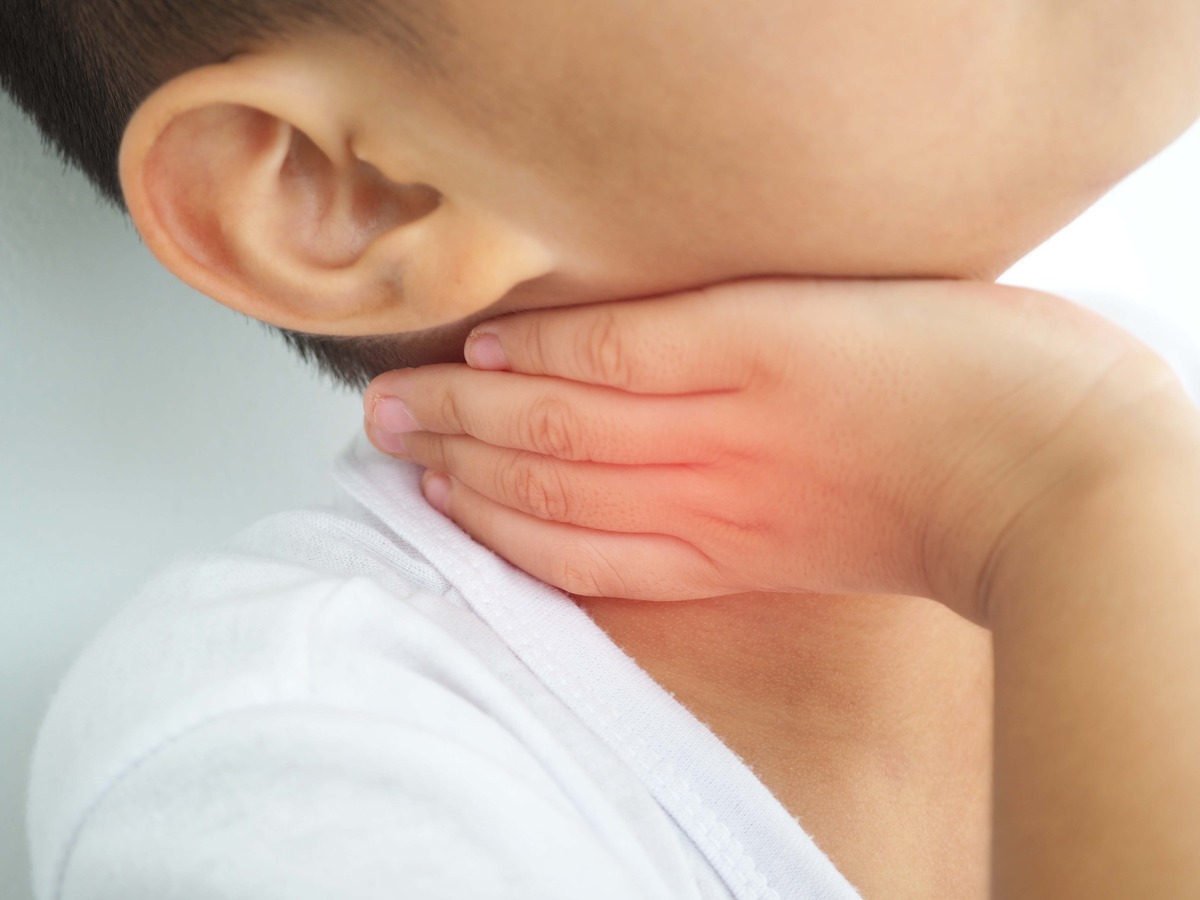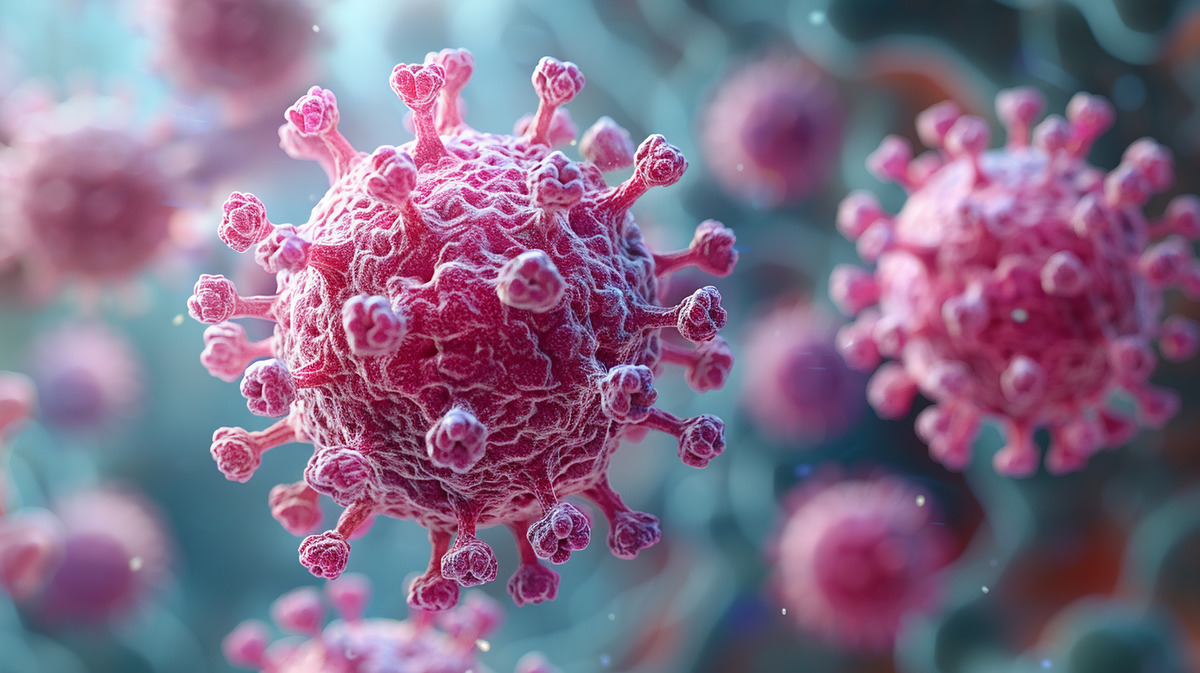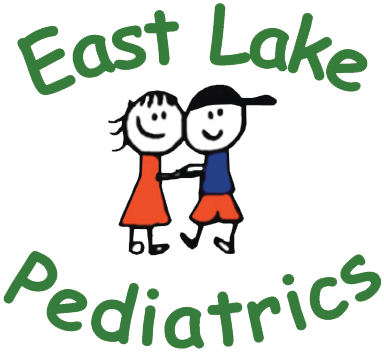Strep throat is particularly unwelcome, especially for kids and teens who are more susceptible to it. This bacterial infection, caused by group A Streptococcus, leads to symptoms like a sore throat, fever, and swollen lymph nodes. Diagnosing and treating strep throat early with antibiotics is crucial to prevent complications.
Practicing good hygiene—like frequent handwashing and avoiding shared utensils—can reduce the spread of this common infection. Let’s explore the causes, symptoms, treatments, and prevention strategies for strep throat in kids and teens.
TL;DR
Strep throat is a common bacterial infection in children and teens, caused by Streptococcus pyogenes. Symptoms include a sore throat, fever, and swollen tonsils. It spreads easily in schools and other close-contact settings. Diagnosis is typically done via a throat culture or rapid test, and antibiotics such as penicillin or amoxicillin are the standard treatment. Without treatment, strep throat can lead to serious complications like rheumatic fever and kidney issues. Prevention involves good hygiene, avoiding close contact with sick individuals, and not sharing personal items. If symptoms persist or worsen after 48 hours of treatment, or if severe symptoms like difficulty breathing occur, seek medical attention.
What is Strep Throat?
Strep throat is a bacterial infection caused by Streptococcus pyogenes (group A streptococcus). It primarily affects children and teenagers and is transmitted through respiratory droplets. The most common symptoms are sore throat, swollen tonsils, fever, and swollen lymph nodes. Unlike viral infections, strep throat requires a medical diagnosis and treatment with antibiotics.
If untreated, strep throat can cause complications like rheumatic fever or kidney inflammation. Timely treatment reduces the risk of these complications and helps stop the spread of the infection.
Causes of Strep Throat in Kids and Teens
Strep throat spreads easily through respiratory droplets when an infected person coughs or sneezes. Children and teens are especially vulnerable because of their frequent close contact with others in schools and during activities. Sharing food or utensils and inconsistent hygiene practices increase their risk. That’s why teaching kids good hygiene habits is essential to preventing the spread of strep throat.

Symptoms of Strep Throat
Strep throat symptoms often appear within 1-3 days of exposure and may include:
- Sore Throat: Pain or discomfort, especially when swallowing
- Fever: Elevated body temperature
- Swollen Tonsils: Red, inflamed tonsils, sometimes with white patches
- Tiny Red Spots: On the roof of the mouth
- Swollen Lymph Nodes: Particularly in the neck
- Headache: More common in teens than younger children
- Nausea or Vomiting: More common in younger children
| Symptom | Description | Common in Kids | Common in Teens | Typical Onset After Exposure |
|---|---|---|---|---|
| Sore Throat | Pain or irritation in the throat | Yes | Yes | 1-3 days |
| Fever | Elevated body temperature indicating infection | Yes | Yes | 1-3 days |
| Red and Swollen Tonsils with White Patches | Inflammation of the tonsils, possibly with pus | Yes | Yes | 1-3 days |
| Tiny Red Spots on the Roof of the Mouth | Distinctive red spots | Yes | Yes | 1-3 days |
| Swollen Lymph Nodes in the Neck | Indication of the immune system fighting infection | Yes | Yes | 2-4 days |
| Headache | Pain in the head, not specific to the location | Less common in kids | Yes | 1-3 days |
| Nausea or Vomiting | Especially in younger children, reaction to the infection | More common in kids | Less common | 1-3 days |
Diagnosis: How is Strep Throat Identified?
Healthcare professionals diagnose strep throat using either a throat culture or a rapid antigen test.
- Throat Culture: The gold standard for accuracy, it involves swabbing the throat and culturing the bacteria in a lab. Results take 24-48 hours but are highly reliable.
- Rapid Antigen Test: A quick test providing results in minutes. If positive, treatment starts right away. If negative, but symptoms strongly suggest strep, a throat culture may be recommended.
Treatment Options for Strep Throat
The primary treatment for strep throat is antibiotics like penicillin or amoxicillin, which target the Streptococcus bacteria. Over-the-counter pain relievers like ibuprofen or acetaminophen help alleviate symptoms such as fever and throat pain.
| Treatment Type | Name | Dosage for Kids | Dosage for Teens | Duration | Notes |
|---|---|---|---|---|---|
| Antibiotics | Penicillin | Based on weight, typically 250 mg 2-3 times/day | 500 mg 2-3 times/day | 10 days | Finish full course |
| Pain Relievers | Ibuprofen | 5-10 mg/kg every 6-8 hours | 200-400 mg every 4-6 hours | As needed | Do not exceed 4 doses/day |
Preventing Strep Throat
Preventing strep throat involves reducing exposure to the bacteria. Key prevention tips include:
- Good Hygiene: Teach children to wash their hands regularly with soap and water for at least 20 seconds.
- Avoid Close Contact: Keep children away from infected individuals until they’ve been on antibiotics for at least 24 hours.
- No Sharing: Teach kids not to share eating utensils or drinks with others, as carriers of strep may not always show symptoms.
- Disinfect Surfaces: Regularly clean toys, doorknobs, and other frequently touched surfaces to minimize the spread of germs.
| Preventive Measure | Effectiveness | Additional Considerations |
|---|---|---|
| Avoid Close Contact with Infected Individuals | High | Includes staying home from school or daycare when sick. Quarantine period should last until 24 hours after starting antibiotics. |
| Practice Good Hygiene | High | Involves teaching children proper handwashing techniques: 20 seconds with soap and water. |
| Regular Hand Washing | High | Soap and water are preferred; hand sanitizers with at least 60% alcohol can be used when soap and water are not available. |
| Not Sharing Eating Utensils or Drinking Containers | High | This applies to sharing with both sick and healthy individuals, as carriers may not show symptoms. |
| Use of Masks in High-Risk Environments | Moderate to High | Masks can be particularly effective in crowded settings like schools or public transport during peak strep season. |
| Disinfecting Common Surfaces | Moderate | Regularly clean items and surfaces that are frequently touched, such as toys, doorknobs, and mobile devices. |
When to See a Doctor
Seek medical attention if:
- Symptoms persist or worsen after 48 hours of treatment
- Your child has difficulty breathing or swallowing
- A rash appears alongside other symptoms
Prompt medical care ensures timely treatment and helps prevent complications such as rheumatic fever or kidney inflammation.

Conclusion
Strep throat is a common but treatable condition in kids and teens. Early diagnosis, proper treatment, and good hygiene practices are essential to recovery and prevention. If you suspect your child has strep throat, consult a doctor promptly to ensure the best outcome.
Schedule Your Appointment Today! Visit our website at East Lake Pediatrics or call us at (727) 786-5488 to book an appointment. Ensure your child receives the best care available. Trust East Lake Pediatrics for a healthy and happy future!
We look forward to partnering with you in your child’s healthcare journey.
Disclaimer: This article is for informational purposes only and does not replace professional medical advice. Always consult your doctor for medical concerns. Do not delay seeking medical help because of information provided here.

